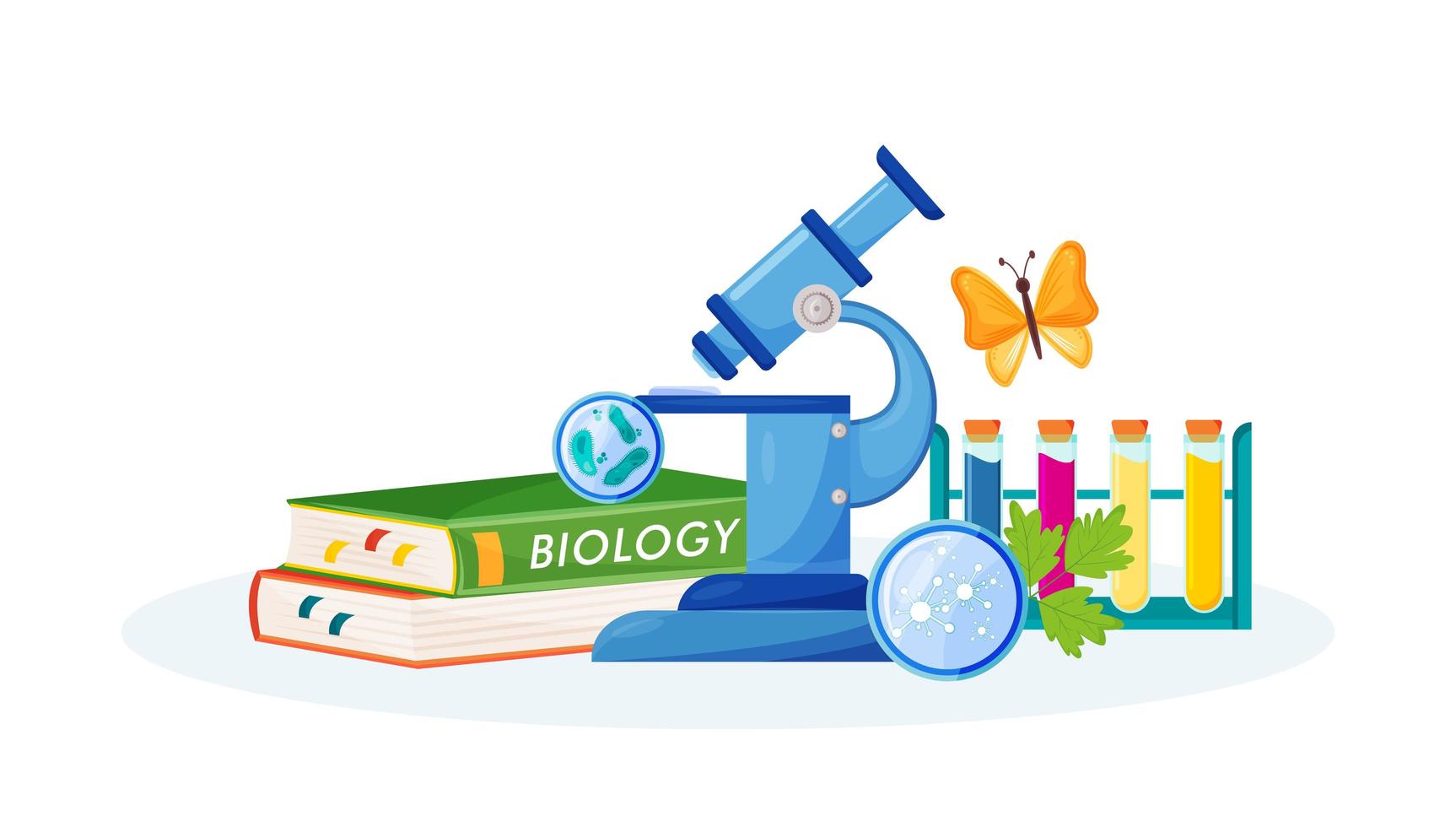4.7.1 Adaptations, interdependence and competition
4.7.1.1 Communities
Biodiversity
- Biodiversity is a measure of the variety of living organisms within a particular habitat, ecosystem, biome, or all over Earth.

Habitat
- A habitat is an area where one or more organisms live.
- For example, a fish could have a pond as its habitat.

Population
- A population is all of the organisms of the same species in a certain area.

Community
- A community refers to all of the populations present inside a single habitat.
- For example, a pond might have populations of birds, frogs, fish and insects.

Ecosystem
- An ecosystem is the interaction of the community with all of the abiotic and biotic features in the environment.

Abiotic and Biotic Factors
- Abiotic factors are non-living factors and biotic factors are living factors.


Food Chain
- There is a food chain in ecosystems.
- This consists of:
- producers
- primary consumers,
- secondary consumers
- tertiary consumers.
- These are known as trophic levels.
Producers
- Producers provide energy to the ecosystem by photosynthesising to produce food.
- They are general algae and plants.

Primary Consumers
- Primary consumers are herbivores.
- These are organisms that eat only plants.
- Examples include deer and cows.

Secondary Consumers
- Secondary consumers get their energy from primary consumers.
- Therefore, organisms at this level of organisation are called carnivores.
- These types of organisms eat only animals.

Tertiary Consumers
- Tertiary consumers eat the secondary consumers.
- Organisms at this trophic level are also carnivores.

Interdependence
- Ecosystems are very intricately linked.
- Each organism is inextricable linked to one another.
- If one relationship fails, the whole food chain can fall.


Competition
- Competition occurs usually at the same trophic level.
- Plants will compete with other plants for nutrients, space, light, water and minerals at the producer level.
- Animals will compete for territory, mates and food.


Competition
- Organisms with better adaptations will outcompete the others, therefore will survive and have more offspring.
- Competition can come from within an a species or from different species.
- It all depends on whether the resources required are from one species or another.
Stable Communities
- In stable ecosystems, the size of the community stays constant at all times.
- This occurs in the ecosystem of the fruits, bats and eagles.
- In such ecosystems, even the environmental factors, such as light and minerals are balanced.
- This explains why problems such as deforestation can cause so much harm to ecosystems.



4.7.1.2 Abiotic factors
Abiotic factors
- Abiotic factors are non-living factors that affect a community.

Light Intensity
- Light intensity is an incredibly important abiotic factor.
- Plants require light for photosynthesis.
- Therefore, if there is competition for light in an ecosystem, those organisms that are more adapted to catch more light are more likely to survive.
- One example of this adaptation would be having larger leaves.

Light Intensity
- Some plants have developed an optimum light intensity.
- This means that some plants require a lot of light, whereas others do not.
- Dracaena plants and cacti grow well with little light, whereas plants such as aloe vera require a lot of light.

Temperature
- Plants and animals have an optimum temperature.
- If the temperature is greater than the optimum temperature, its enzymes will denature.
- If the temperature is too low, the enzymes will work too slowly.

Moisture
- Different plants have different optimum levels of moisture.
- If you overwater a plant, the soil will become waterlogged.
- This means that the roots will be drowned and unable to respire, killing the plant.

Soil and aquatic pH
- Some plants grow well in areas with a higher pH and others grow well in more acidic soils.
- Some plants, like the hydrangea plants, can grow in both types of soil.
- If the pH of an aquatic ecosystem changes, it could have a huge effect.
- Organisms have adapted to survive at different pH levels in the water.

Mineral Content
- Plants have different optimal mineral content levels.
- Some plants require a high mineral content to grow well.
- For example, many plants require a lot of magnesium.
- Magnesium is a key ingredient for the composition of chlorophyll.
- Some plants even trap organisms in the soil in order to increase the level of minerals.

Wind Intensity and Direction
- Organisms often prefer sheltered environments.
- Some locations are very affected by wind.
- This will mean that plants suffer and the seeds of the plant will be easily dispersed around.
- This will affect the organisms that feed upon these and the plant will struggle to grow.

Carbon Dioxide Levels for Plants
- Plants require an optimum carbon dioxide level.
- Higher levels of carbon dioxide will lead to increased plant growth, as it will allow more photosynthesis.
- Woodland areas have a high level of carbon dioxide, so promote crop growth.
- Plants in other areas have evolved to survive in areas with lower carbon dioxide levels.

Oxygen Levels for Aquatic Organisms
- Oxygen dissolves into the water in order to provide supplies for aquatic organisms.
- In polluted rivers, the oxygen level decreases.

Oxygen Levels for Aquatic Organisms
- You must take all of this info into account and analyse tables of data. For example:





4.7.1.3 Biotic factors
Biotic factors
- A biotic factor is a living factor that can affect an ecosystem.

Availability of Food
- Organisms need food for survival.
- This means that the areas where food is in abundance, such as rainforests, allow a great amount of growth.
- Tundra areas, such as Siberia, however, have less food and so fewer organisms can survive here.

New Predators
- When a new predator enters a stable ecosystem, they provide more competition to the organisms in their trophic level.
- This will mean that the number of prey will dramatically decline.
- This could wipe out all of the other predators, as their food supply will be reduced dramatically.


New Pathogens
- Pathogens being introduced into an ecosystem can have a dramatic effect.
- When Europeans colonised Australia, smallpox was introduced from the colonisers.
- This devastated the Aboriginal population, as they had not developed the required immunity.

Uses of Pathogens
- Pathogens can be used for biological control.
- Ash borers are controlled by introducing pathogens and parasites into their population.

Species Outcompeting
- New species can outcompete an existing species.
- The cane toad was introduced from Europe to Australia.
- This led to it outcompeting the existing species’ and led to an increase in the population of the cane toad.
- Such a system also occurred with the introduction of grey squirrels in Europe.




4.7.1.4 Adaptations
Types of Adaptation
- Plants and animals are well adapted to different surroundings.
- These adaptations have helped them to survive and reproduce.
- They can be:
- behavioural
- structural
- Physiological.
Physiological Adaptations
- An organism’s physiology involves the processes it undergoes to stay alive.
- Some plants are specifically adapted in order to stay alive. Some are toxic to eat for predators, for example the Water Hemlock.
- Some on the other hand are resistant to antibiotics and pesticides.
- These advantages are internal or cellular features that help a plant to survive.

Behavioural Adaptations
- Some plants have modified their behaviour in order to survive.
- The Venus Fly Trap for example can trap insects in its leaves for food.
- Tropisms are also an example of a behavioural adaptation.

Structural Adaptations
- The structure of certain plants have been developed to survive.
- For example, some plants, such as cacti, have thorns and spines to defend from predators.
- They could also be a darker colour, to absorb solar heat.

Physiological Adaptations
- Animals can also be toxic or produce venom in order to add off predators.
- The spitting cobra projects venom from its fangs as a form of defence.
- This venom can blind predators.
- More over, organisms secrete pheromones to attract or repel organisms.

Behavioural Adaptations
- Courtship behaviours attract the opposite sex.
- They are ritualised actions to attract members of the opposite sex of the same species.
- They enable the development of a bond to raise offspring together.
- Wolves huntings in packs is another example of a behavioural adaptation.

Structural Adaptations
- Birds of prey have very sharp claws and are incredibly strong, in order to fly fast and hunt their prey.
- The most common structural adaptation is the difference between predators and prey.
- Predators have eyes on the front of their face, whereas prey have eyes on the sides of their face.

Extremophiles
- Extremophiles are organisms are adapted to live in extreme environments.
- This can include dangerous temperatures, pressures and salt levels.
- The majority of these organisms are not animals and plants, but bacteria.

Animals
- Polar bears are well adapted to their Arctic conditions.
- Polar bears have strong senses of smell and sight in order to sense well camouflaged prey.
- They have a high surface area: volume ratio, which reduces heat loss as it reduces the speed of conduction.

Animals
- Penguins are adapted to the Antarctic conditions.
- Emperor penguins must survive in winds of around -60 degrees celsius.
- They are well adapted for this with blubber and a thick, waterproof set of feathers for insulation

Bacteria
- Ecosystems exist in the deep sea volcanic vents which have very high temperatures, pressures and are also pitch black.
- Bacteria have adapted to live off the chemicals in these vents.
- They act as producers and provide food for tubeworms.
- These highly adapted organisms have a symbiotic relationship.
- This means that they interact with one another and depend on each other to survive.











Still got a question? Leave a comment
Leave a comment